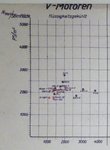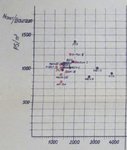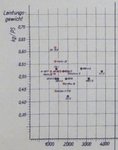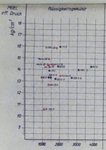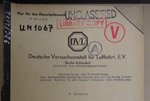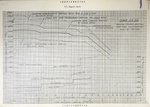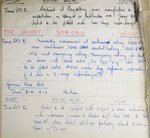swampyankee
Chief Master Sergeant
- 4,168
- Jun 25, 2013
Getting the cooling system right for a piston-engined aircraft is very difficult, and a lot of aircraft showed just how difficult. A major reason for the P-51's success was probably its superbly well-designed cooling system, even if it did not achieve negative cooling drag (it may have under conditions of high power and high mach number, but, if so, it would be on the order of ten pounds of thrust)
Negative cooling drag is certainly possible with both air-cooled and liquid-liquid cooled engines, by using ejector exhausts.
Negative cooling drag is certainly possible with both air-cooled and liquid-liquid cooled engines, by using ejector exhausts.


